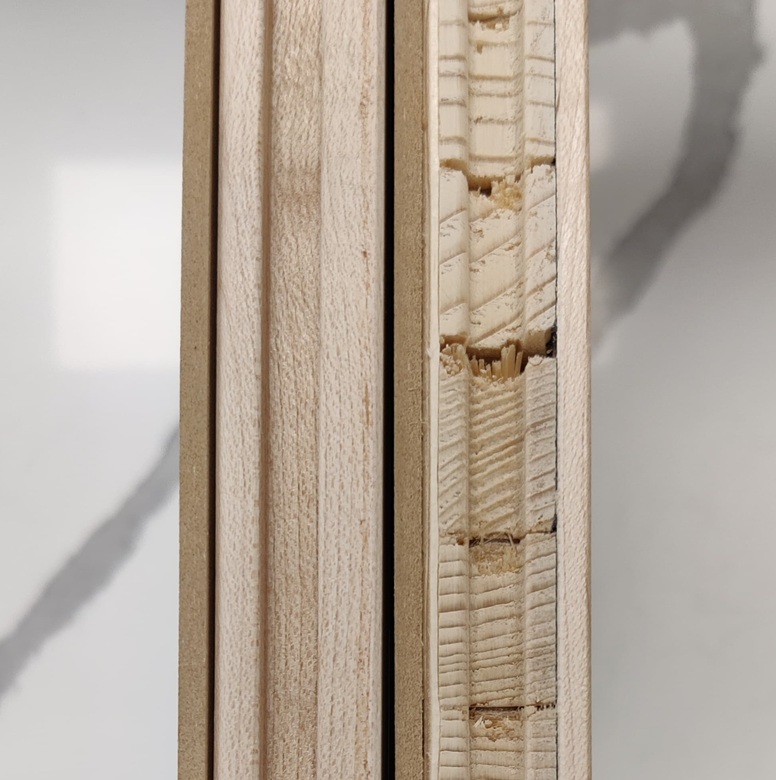Introduction
If you're shopping for hardwood floors, you'll find three main types to choose from: unfinished, prefinished solid, and prefinished engineered. Each type has its own advantages and ideal uses, so it's important to understand the differences before making your decision.
Unfinished hardwood flooring is installed in raw form and then sanded, stained, and finished on-site. This allows for a completely custom look and a seamless surface but requires more time and creates dust and odors during installation. Read more about unfinished vs prefinished in this article: Unfinished vs Prefinished Hardwood
Prefinished hardwood, on the other hand, comes with the stain and protective finish already applied at the factory. It is ready to install immediately, no sanding or finishing required, which saves time, reduces mess, and results in a consistent, durable finish. Prefinished hardwood is available as both solid and engineered planks. Solid hardwood is made from a single piece of wood, while engineered hardwood is constructed with multiple layers for added stability.
What Is Engineered Prefinished Hardwood?
Engineered hardwood is made of multiple layers. The top layer is real hardwood: usually oak, maple, or hickory and it's called the wear layer. Underneath, several layers of plywood or high-density fiberboard are glued together in a cross-grain structure.
Advantages:
- Stable: optimal humidity range between 20% - 65% (RH)
- Works over concrete
- Common planks widths are between 5" - 9 1/2"
- Limited refinishing potential depending on wear layer thickness
What Is Solid Prefinished Hardwood?
Solid hardwood is a single, solid piece of wood from top to bottom. Like engineered, it can be prefinished in a factory. Advantages:
- Can be refinished many times and lasts for decades
- Common plank widths between 2 1/4" - 4 1/4"
- More sensitive: optimal humidity range between 35% - 55% (RH)
- Limited to wood subfloor installation
When to Choose Engineered Hardwood
If you're installing flooring over concrete, in a basement, or in areas with high humidity or radiant heat, engineered flooring is the better choice. It's also great for modern, wide-plank styles and quicker installation timelines.
When to Choose Solid Hardwood
Solid hardwood is ideal for traditional homes, above-grade installations, and for homeowners who want the option to refinish their floors multiple times over the years. It's a long-term investment with high resale value.
Common Myths
- Engineered isn't real wood: False. It has a real hardwood top layer.
- Solid is always better: Not in high-moisture environments.
- Engineered wears out quickly: High-end options can last 30+ years.
What to Expect in Terms of Price
Pricing varies widely based on species, finish, brand, and installation type. Engineered hardwood can sometimes be more affordable for materials, while solid wood offers greater longevity. Labor costs depend on subfloor conditions and method: engineered can be floated or glued, which is faster, while solid hardwood requires nail-down installation. Overall, expect a mid-to-high range investment for both material and labor, comparable to other flooring types like luxury vinyl or tile.
Final Thoughts
Both engineered and solid prefinished hardwood floors are excellent choices: it all depends on your home's needs, climate, and renovation goals. Engineered offers more versatility, while solid provides unmatched durability and timeless beauty. Still unsure? Visit a showroom or consult a flooring expert to match the best product to your space and lifestyle.
